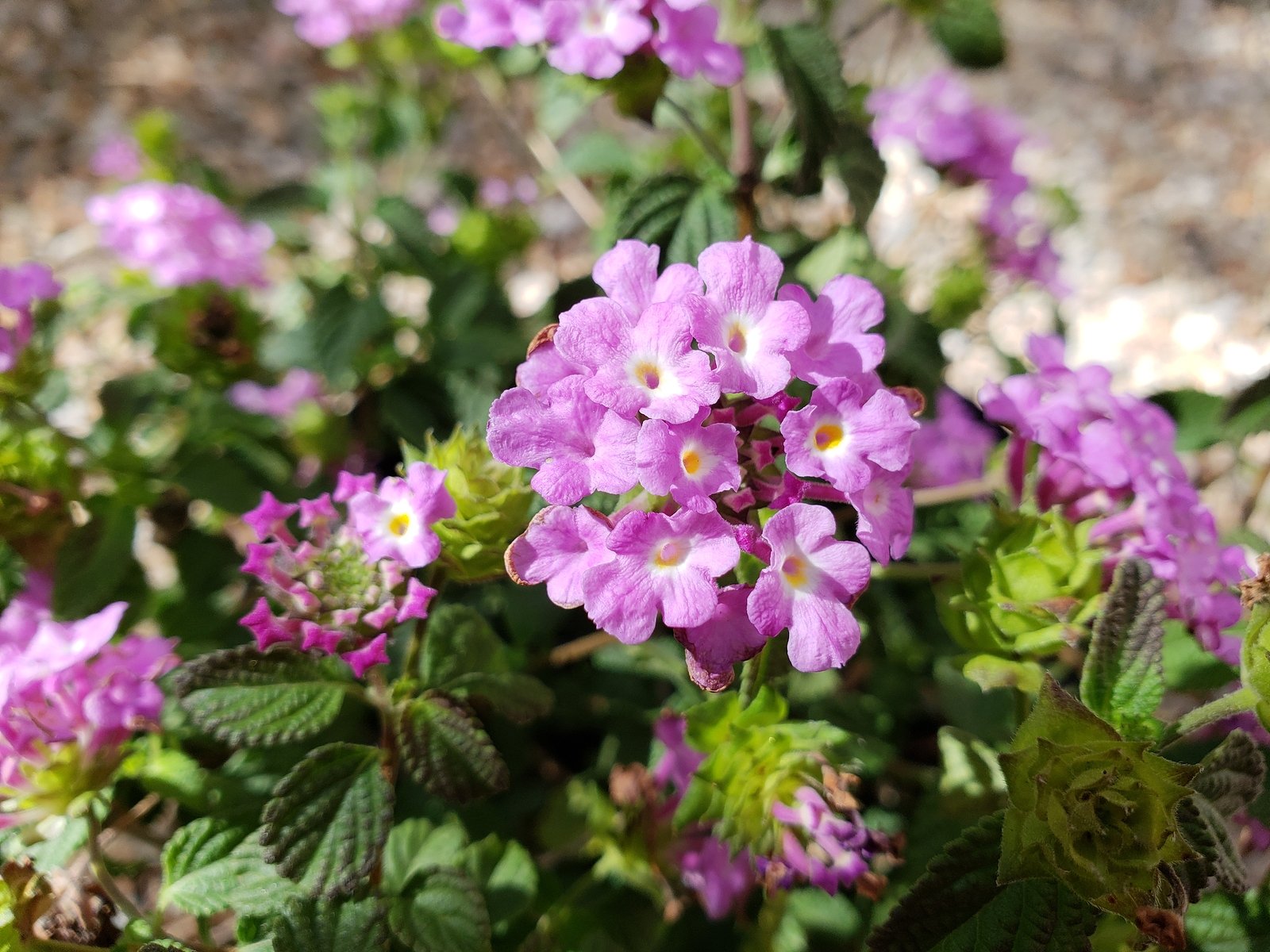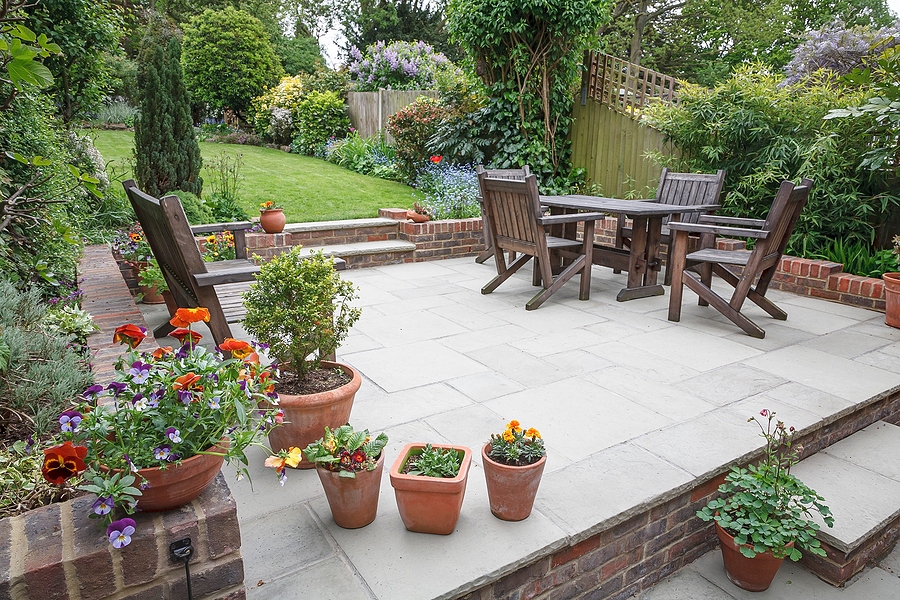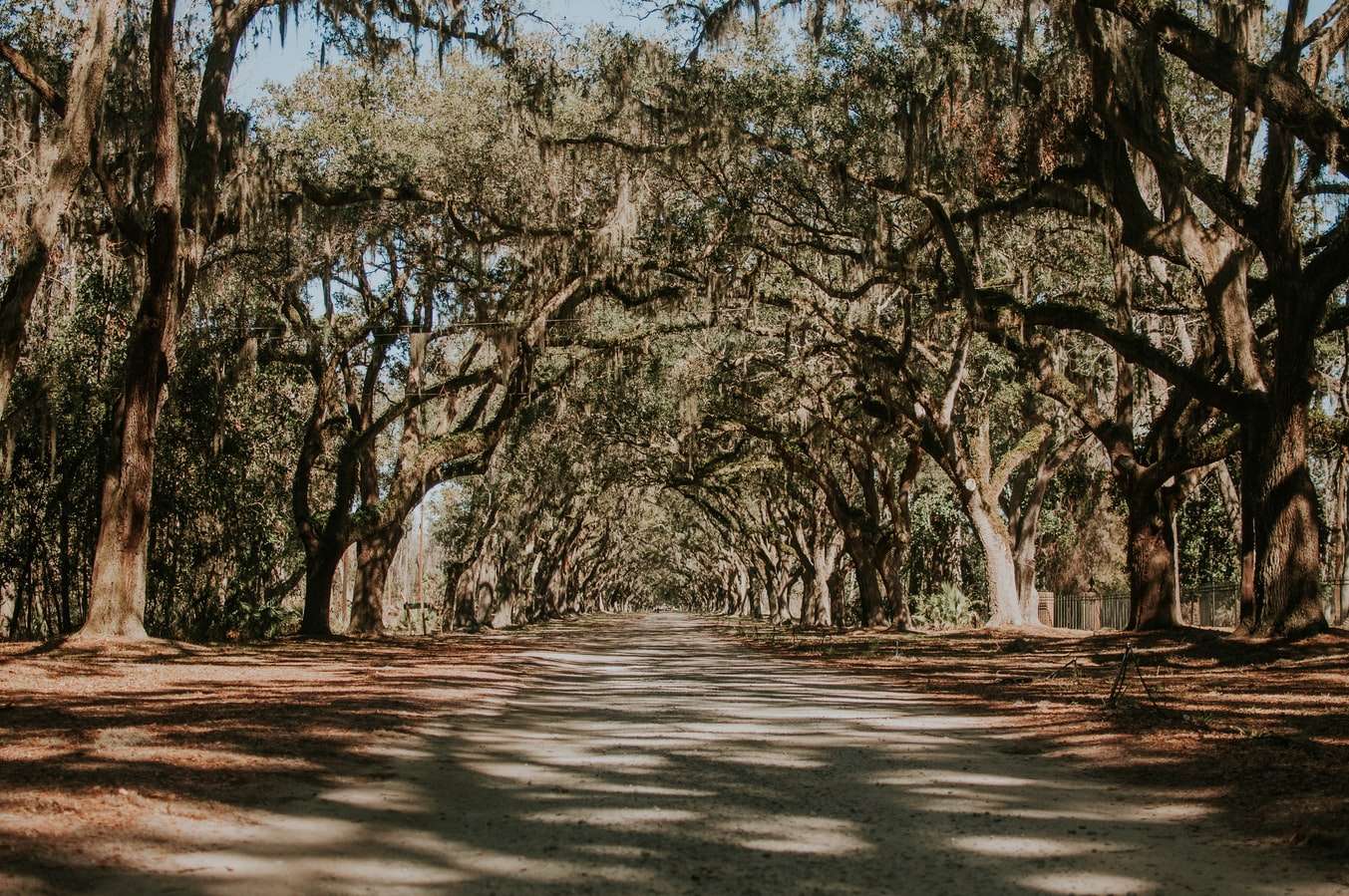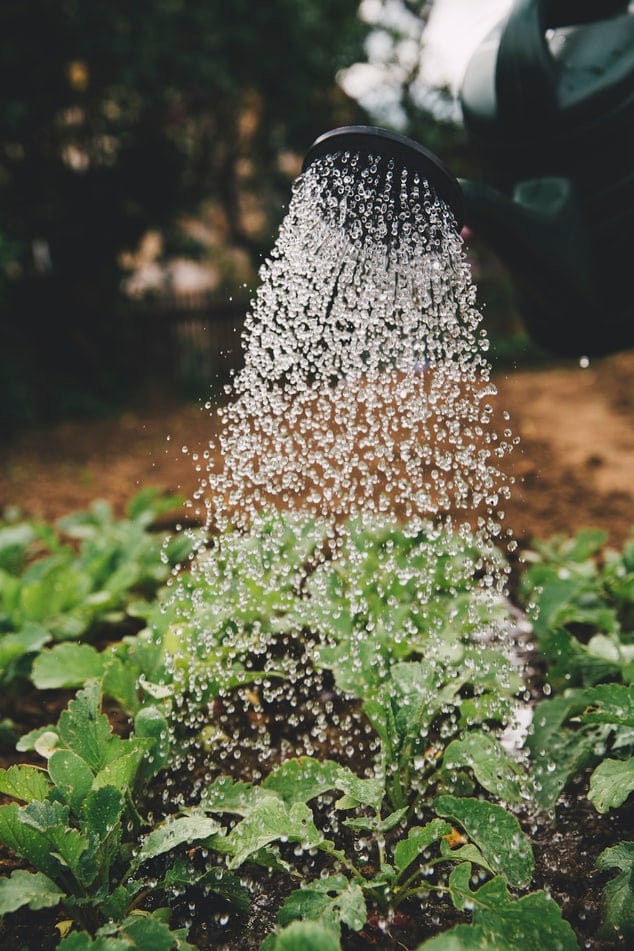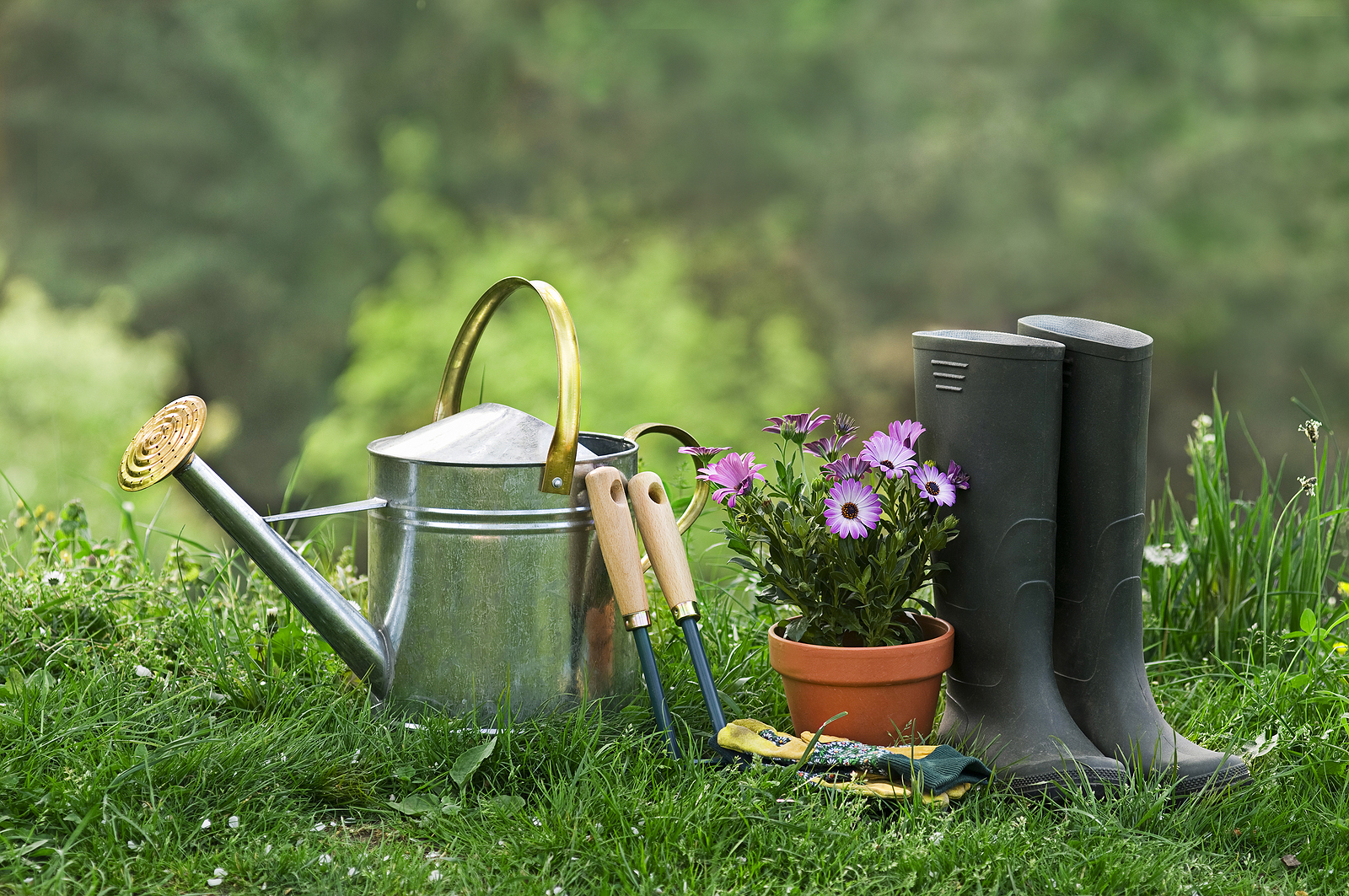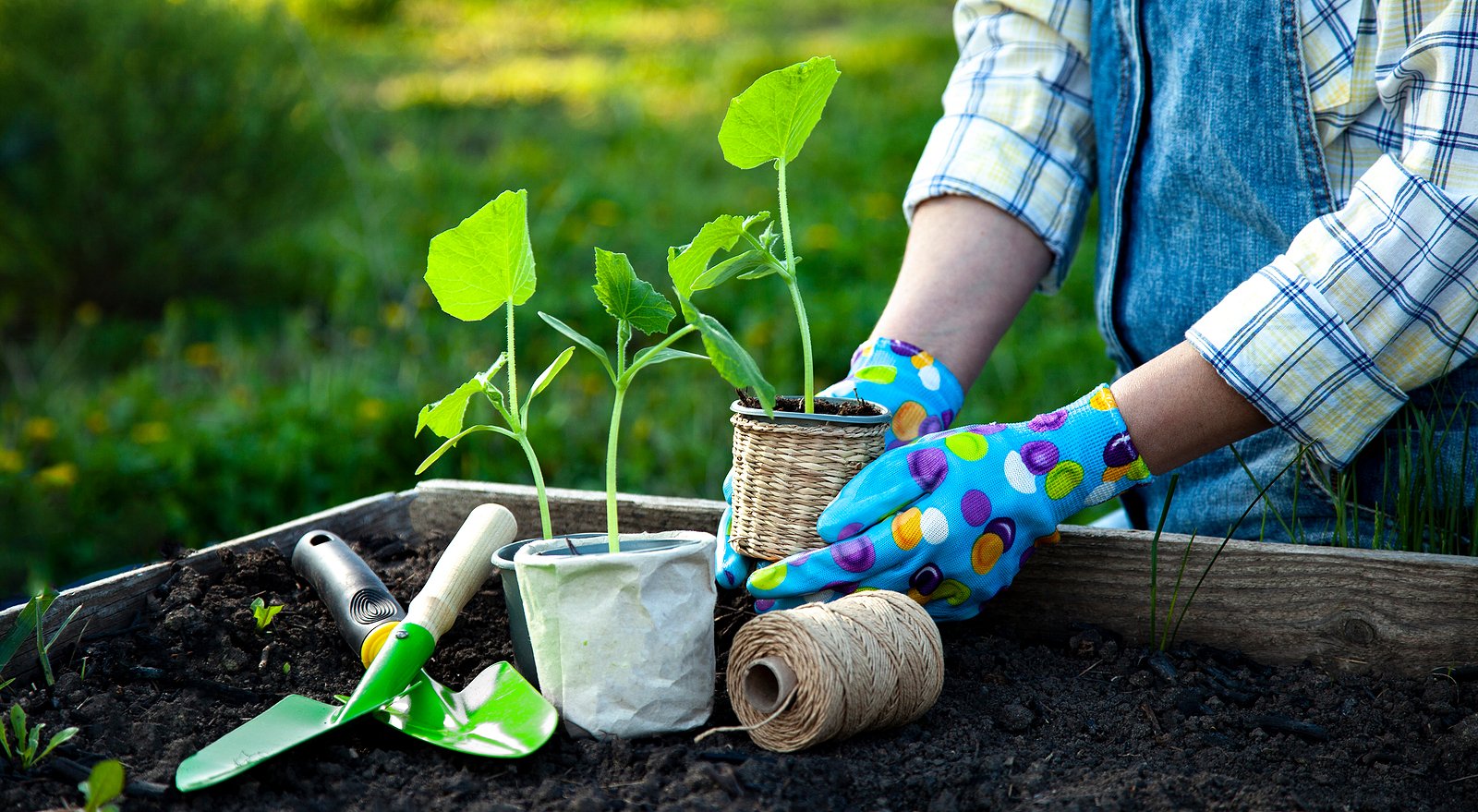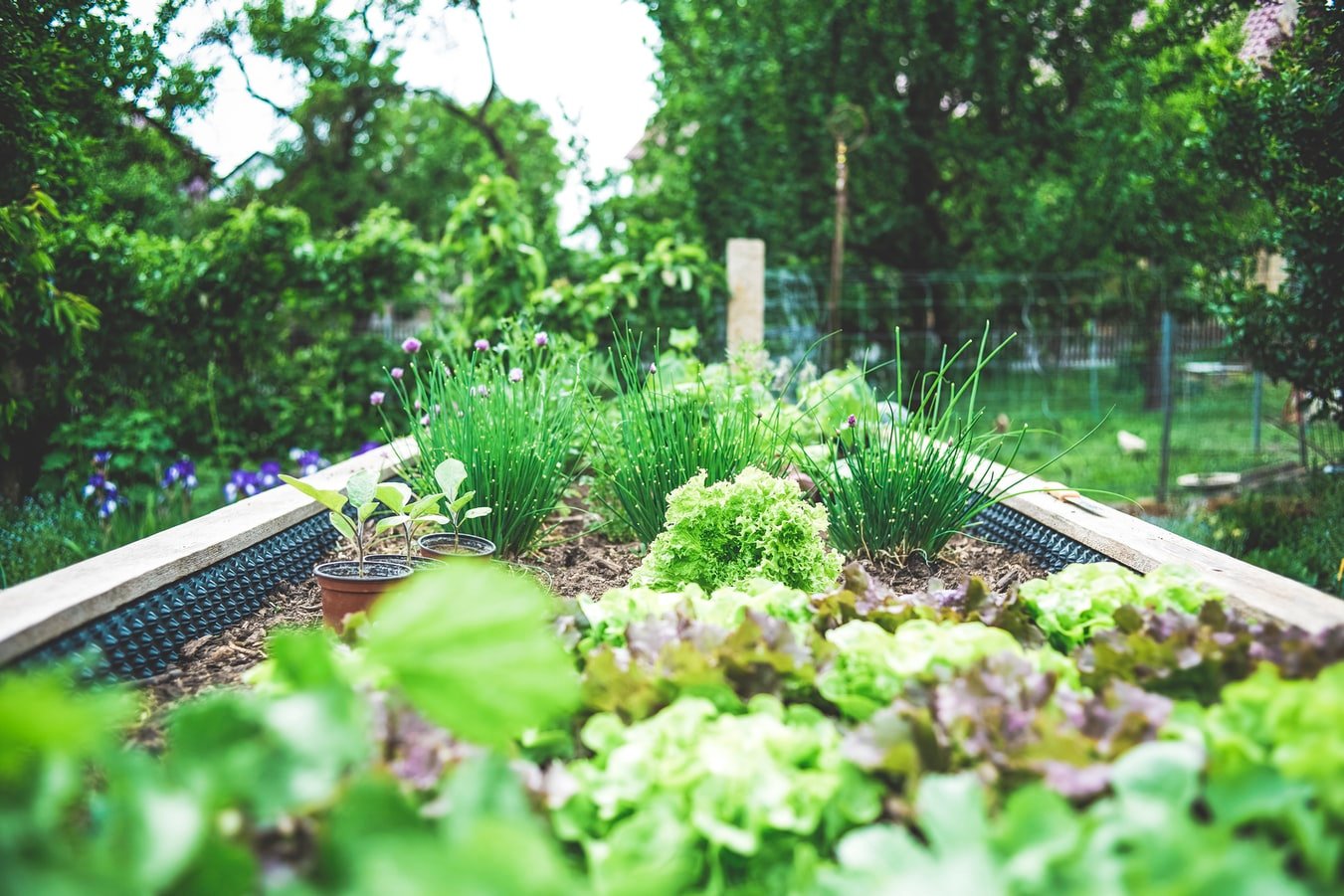Naturally, when a hurricane comes to the Florida coast, you begin to think of how you can protect yourself, your family, and your home and property. Here are a few tips to help you save your home garden from the high winds and heavy storms of a hurricane.
Check Your Trees
Any dead trees should be cut down and removed before hurricane season starts. For large trees, you may need to hire a professional.
Living trees should have flimsy or dead branches removed. Again, if you have a large tree, it may be worth hiring a tree surgeon before storm season to take a look at the health of your trees and trim any problem branches. If branches are close to power lines, you will need to talk to the power company.
Don't wait until the last minute to do this, as you don't want to be left with branches sitting in your yard. Secure young trees with plant tie downs, forming a triangle. They will appreciate the extra support.
Clear Debris
Clear any loose debris in your yard before the storm arrives, then again after it has passed. Promptly clearing up your yard after one storm will ensure that debris does not become projectiles that can break windows or cause injury.
This also includes your gutters. Clean your gutters before and after the storm to avoid overflow which can easily flood your basement.
Shelter Potted Plants
Potted plants can be particularly vulnerable to storms. Before the storm, move them into the corner where your house meets your fence or alongside the house. Tie the pots together. You may find building a plant shelter saves time in the long run. Bring small plants or hanging baskets inside the house temporarily. If possible, bring in any plants that won't appreciate the heavy rains and might get "drowned."
Secure Outdoor Furniture
Bring as much as possible of your outdoor furniture into the house or garage. Nicknacks should be brought inside. Heavier pieces that don't fit should be anchored to something solid. Some people put lawn furniture in the pool to make a makeshift shelter (as a note, resist the temptation to drain your pool. It's more likely to be damaged if it doesn't have water in it.
Tools and equipment should also be brought inside, as should wind chimes, bird feeders, your grill, etc. If you have statues, lay them down and then secure them.
Harvest Garden Vegetables
If you have a vegetable garden, harvest everything that is ready before the storm hits, just in case. Cover what you have to leave to protect it from water and high winds, making sure to secure any covers firmly. You might want to consider harvesting fruit trees too, then putting the fruit out to ripen afterwards.
Don't Overwater Before a Storm
Don't overwater your plants before a storm, or the soil will become sodden, making it easy for the wind to pull your plants up by their roots. If you have an automated watering system, turn it off and make sure all hoses, etc, are properly secured.
After the storm, spray all of your plants with fresh water to thoroughly wash off any salt that may have been blown onto them. Salt can do significant damage to plants and even kill them. If close to the shore, consider planting salt-tolerant plants that will tolerate hurricane flooding better.
Your Next Step
Building a home garden is a great way to live sustainably. Growing your own crops, plants, and spices saves waste, is healthy, and is great for the environment. Not to mention it tastes great. Here are some great resources to help you get started gardening in Florida.
Best Crops for a Sustainable Garden in Florida


